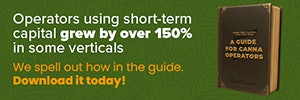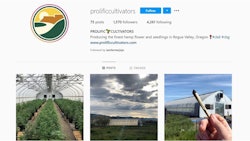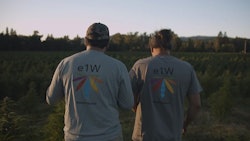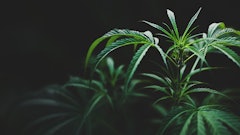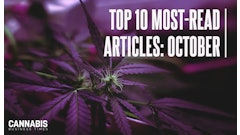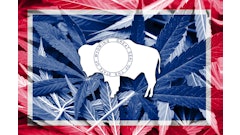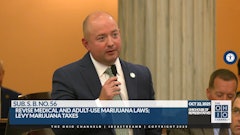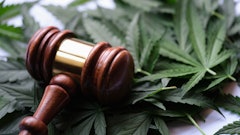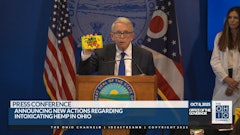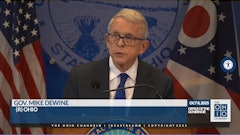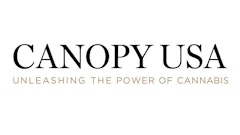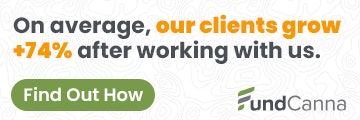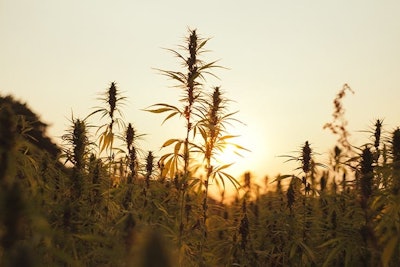
Doug Fine is an author who became so invested in his subject—hemp and, more broadly speaking, the cannabis plant—that he began growing hemp and developing a long-term plan as an entrepreneur. With the 2014 Farm Bill ushering in a new era in American agriculture, the dawning of the new hemp industry brought Fine to a greater understanding of the plant and its many possibilities. From New Mexico to Vermont, he’s picked up many adventures with the crop in the first five years of its 21st-century cultivation in the U.S.
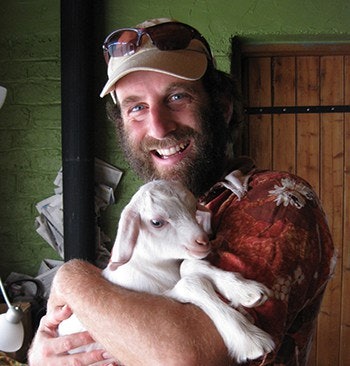 doug fine
doug fineHis latest book, American Hemp Farmer, outlines a more practical guide for aspiring hemp growers who may be interested in a close read of the industry and its attendant charms. Here, Fine talks about what he’s learned from the writing process and how he’s “walked the walk” as a hemp farmer himself.
Eric Sandy: In the interim between Hemp Bound and American Hemp Farmer, what did that earlier book teach you about the plant?
Doug Fine: It actually starts a little earlier than that. In 2011, I embedded for a year in the Emerald Triangle ganja-growing culture in California to write about regenerative nonprofit medicinal cannabis providers to see what the landscape could look like in a best-case scenario when legalization happened. At this point, there was no guarantee that any kind of cannabis would be legalized. Now, it’s not only happening in many states, but it looks like a near-certainty soon on the federal level.
While I was working with those farmers, they were talking about how their entire market is flower. They felt like, at best, they could compost the fiber. But they weren’t growing for seed at all. They were growing female plants. They planted the seed in my head, so to speak, that there was so much more to this plant. I went on a several-year research project that became Hemp Bound, which came out 4/20, 2014, not knowing when I was researching this book that hemp would be legalized the same month this book came out. Hemp would be federally legalized in the initial 2014 Farm Bill.
It was time to write a book about how we take this burgeoning industry and how farmers benefit. Let’s face it, farmers haven’t been the chief beneficiary of agriculture over the last century.
That’s really why I wrote American Hemp Farmer: It’s a practical, entire-season, start-to-finish, from soil prep and seed acquisition through harvesting, packaging and marketing—a way to keep regenerative, independent hemp farming as hemp’s leading brand, so that farmers are the primary beneficiary of this billion-dollar industry.
ES: For the active or prospective hemp farmer, what are some of the immediate challenges in 2020 season?
DF: Two immediate issues to keep in mind: The first is, as Wendell Berry advised me, please, tell your fellow hemp farmers to avoid that wholesale trap. I’m paraphrasing here. It’s important to control your industry. The way that I phrase it in the book is to think instead of putting all your eggs in the basket as a wholesale commodities serf, think about creating a value-added product. That is, I think, still the advice I would give as the book hits shelves. However, it’s not a get-rich-quick scheme. It’s just a way to avoid what has actually happened, which is that wholesale CBD flower prices have gone from $3,000 a pound to $4 a pound in the last few years. If you want to make it, you’ve got to take that extra energy—and it requires so much more work.
Now, you’ve got to be an entrepreneur. You’re not just a farmer, you’re a farmer-entrepreneur. It’s way more work. The liability and risk is on you. But if you’ve got a passion, you’ve got a real chance for making a good living while sequestering carbon and doing good for the environment.
The second one is a policy issue: We got a reprieve this year, in the 2020 season, where we can grow one more season under the 2014 Farm Bill (Ed. note: As many states are doing). It is imperative that prior to next year’s planting we change the federal definition of hemp from 0.3% to, at least, up to 1% THC content. That must happen. Speaking personally, if I’m going to be able to plant in future years, that has to happen. The plant wants THC, and there’s no reason to be scared of THC.
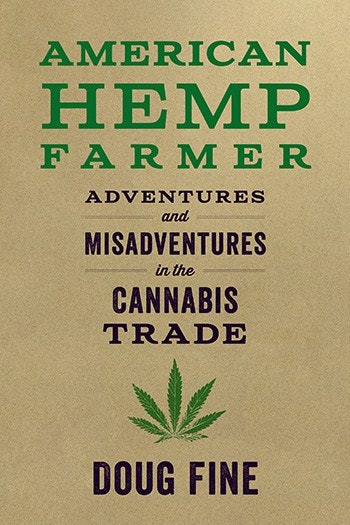 american hemp farmer
american hemp farmerES: In terms of your own farm, what is your vision or your own end products that you’re working toward with your crop?
DF: The product that I market is the product that I most want to use and my family most wants to use. It’s called Hemp In Hemp, and it’s what it sounds like. To date, it’s been what I’ve been growing in Vermont, USDA-organic-certified hemp flower that is dioecious. It’s male and female. The seeded flower is infused in the hemp seed oil, so you’re getting flower and seed. It’s been marketed as a massage and bath oil, and my hope is in coming season to expand it to be an edible product. The hemp seed oil side is a superfood, and you’re getting the whole-plant cannabinoids. We do a decarboxylation extraction, so it’s all the cannabinoids in very low numbers but in ratios that I like, with terpenes. It’s very small-batch, very top-shelf. I’m trying to walk the walk and be a role model. I am trying to follow my own advice and have a multi-year entrepreneurial plan with slow growth. I’m trying to demonstrate that we have to, as entrepreneurs, we’ve got to be part of the solution, climate-wise.
ES: What’s the learning curve like in this industry?
DF: I tend to be supportive of newcomers to hemp farming and hemp farmer entrepreneurialism. The reason is: We need for farmers. There’s a school of thought, especially among some more experienced farmers, who say, “Oh my gosh, these greenhorns are leaping in and not knowing what they’re doing!” And, yes, one has to be mature and start small and build slowly. But I say, get the seed in the ground! Learn as you go! It really is the best way to go. If you’re a super young farmer who has the time and energy to apprentice with more experienced farmers, sure, that’s great. But if you’re a farmer who wants to move on and make a living from hemp, I would say, get the seed in the ground. Ask the experts. But you’re never going to learn as much as you will from being in that field every day. I encourage folks to do it: Start small and have a multi-year growth plan.
ES: What did you enjoy most about the writing process in this book? Something that you could take back to the field with you?
DF: For me, humor is always the root to maintaining sanity. I love any time when I can recount really funny things that happened. What comes to mind is the “Planting Day” chapter. The chapter is about malfunctioning equipment—seed drills, specifically—while we were trying to plant our crop. The humor embedded in this, the angry customer service calls I and my colleagues to the people who leased us the equipment, everything that could go wrong—from the seed drill not dropping enough seeds to dropping all your seeds in one spot—it’s funny in retrospect.
The second thing is when I’m out in the field and saying, “Oh, this is a moment I’d love to convey in the book.” That tended to happen when I was out with my family in the home field and it’s quiet, we’re hearing a woodpecker or seeing a fox. We’re talking to the rabbits about treating our crop as a “sometimes-food.” It’s the moments where I say, “This is a moment that means a lot to me.” I’ll whip out my phone and make a quick note for the book. Those were the two most fun experiences for me.





